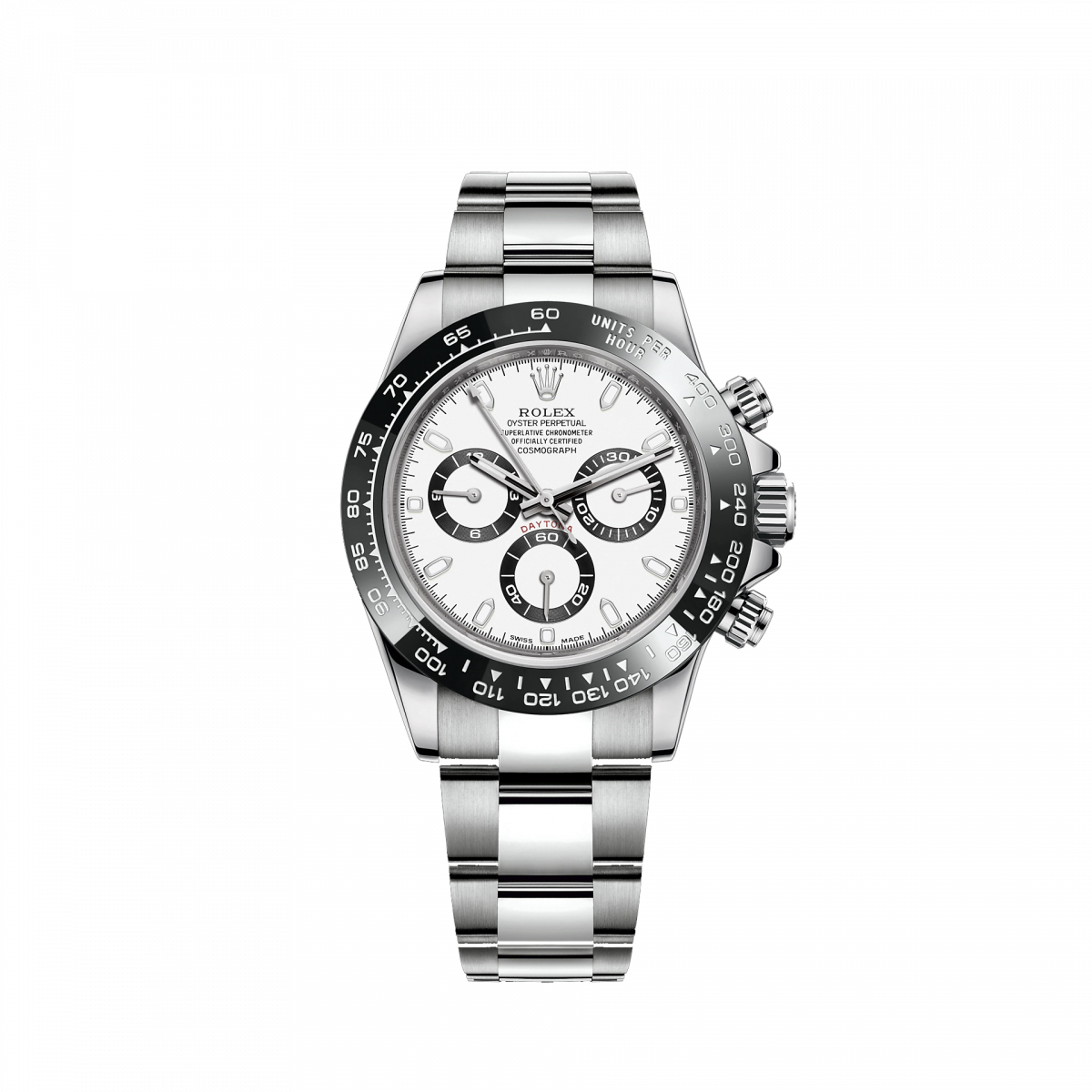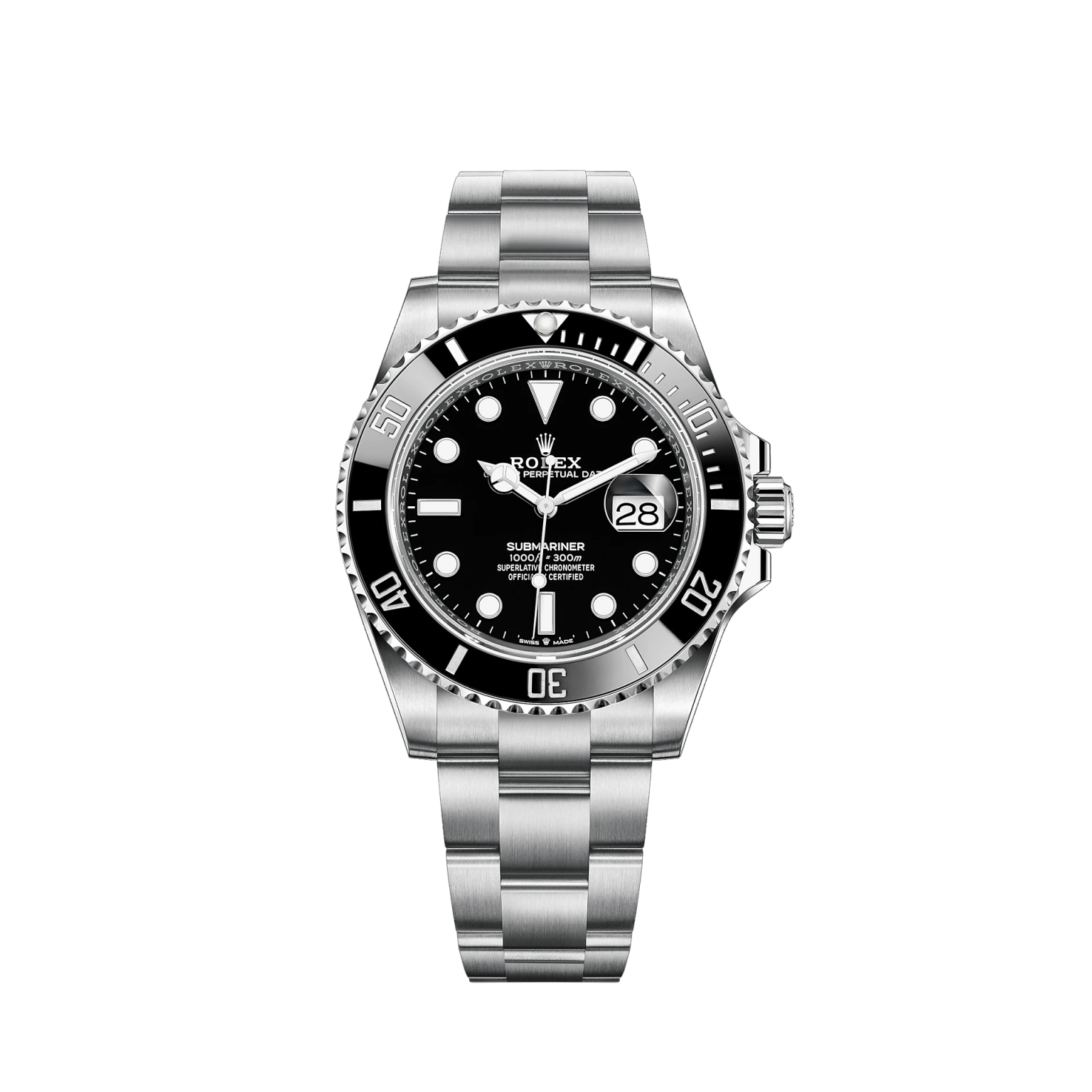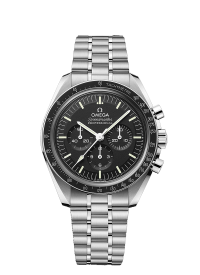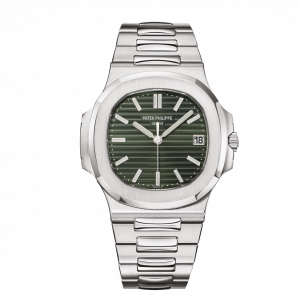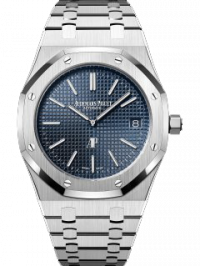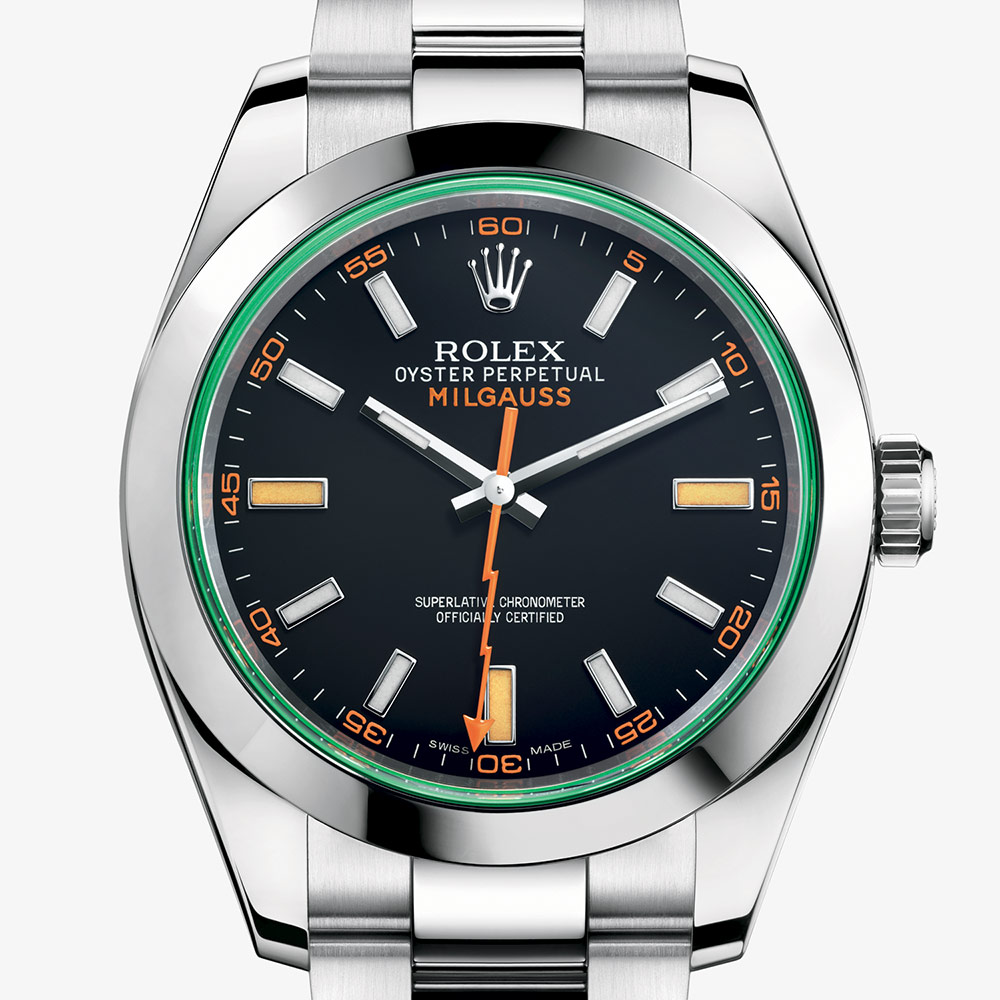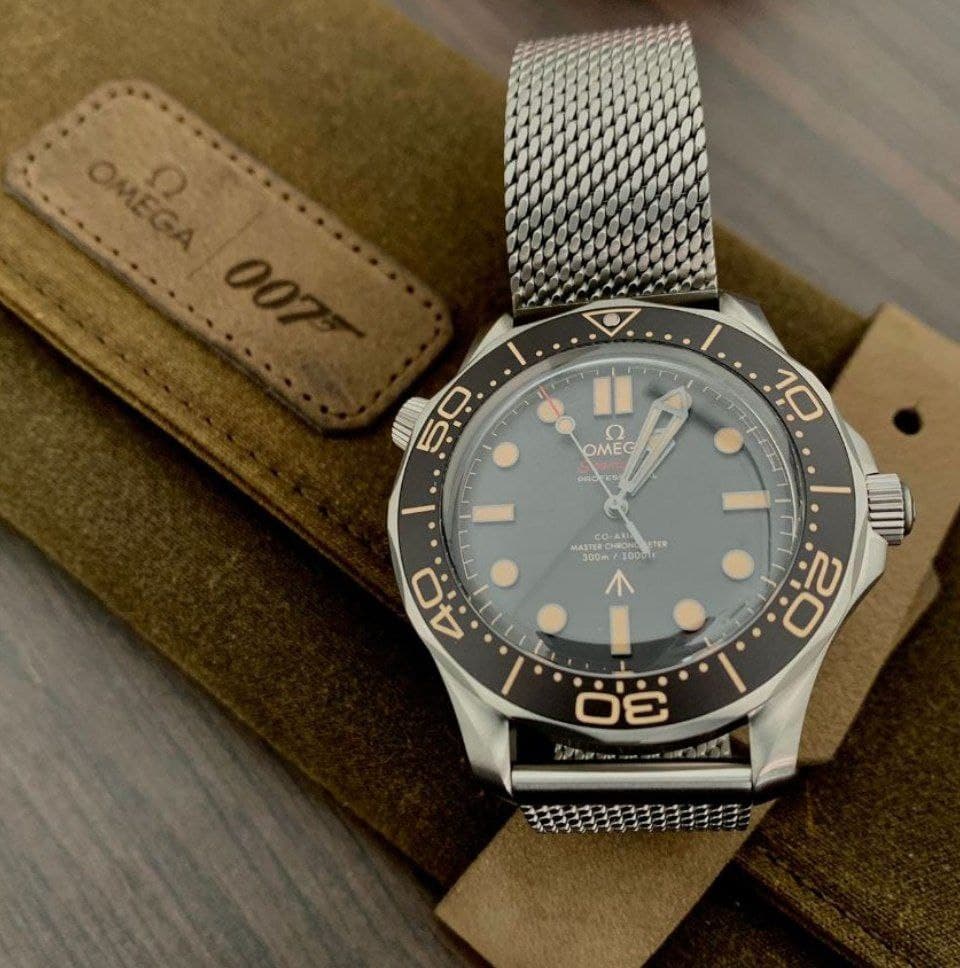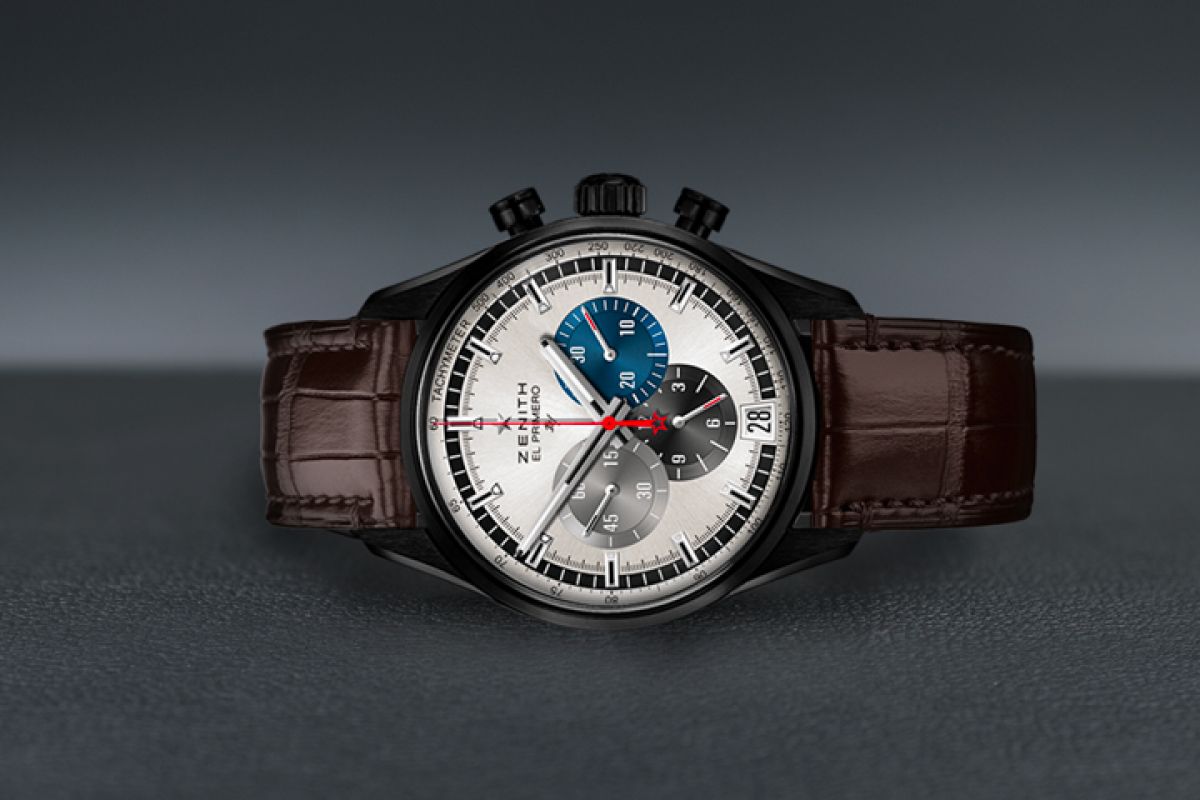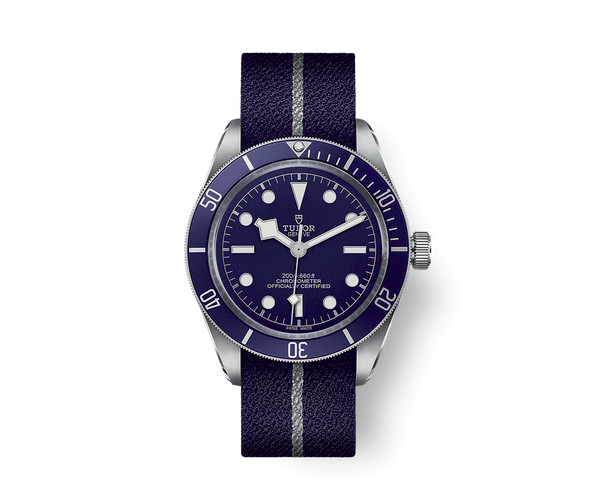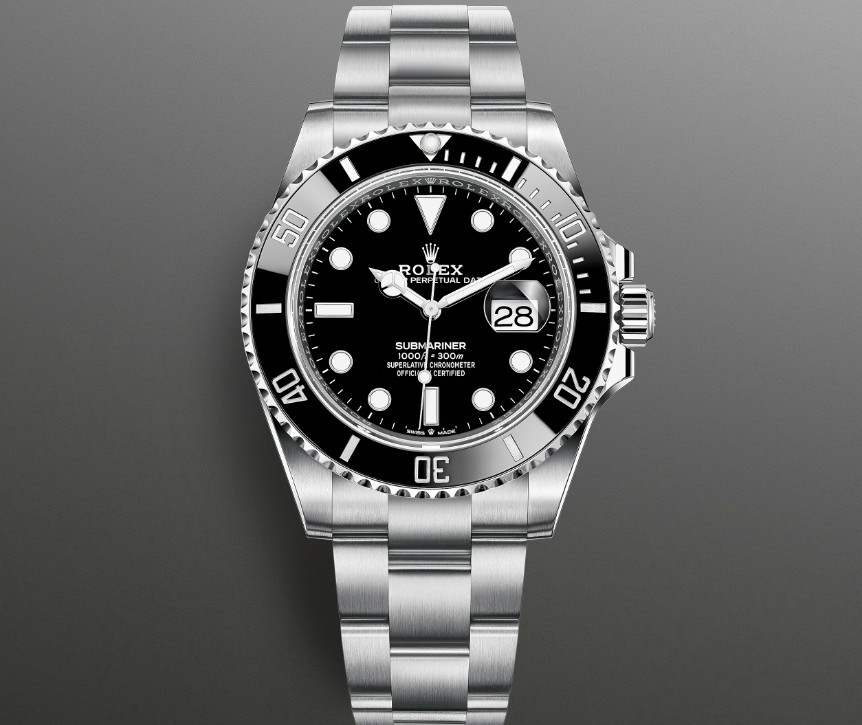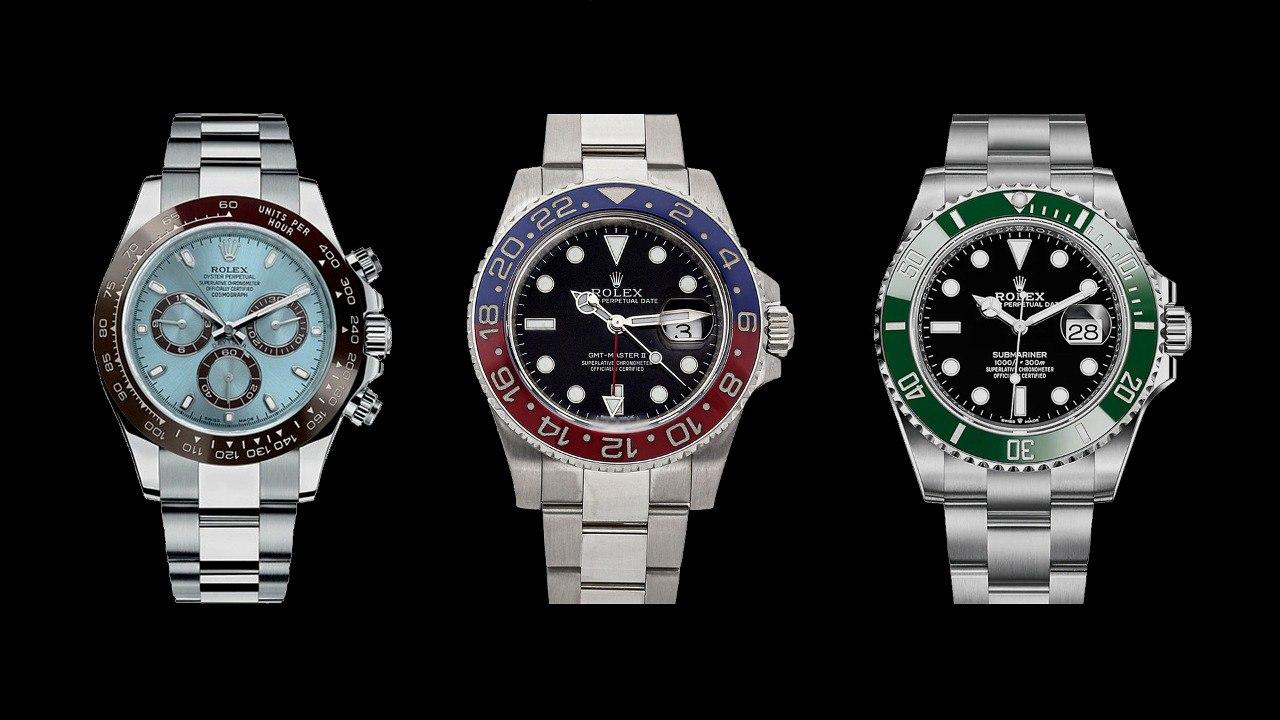In the previous article, we saw how Glashutte it has become the city of the German clockto. From the founder of the Saxon watchmaking factories, the pioneer FA Lange, until WWI, the production of timepieces a Glashutte did not do that growing up in amount e quality.
The crisis caused by the German defeat in the Great War, however, bears Glashutte to a halt. Many companies close due to lack of suppliers.
In this article, we will look at how the first rebirth di Glashutte, that of the interwar. In a later article, we will look at this city German earn a place inhigh clockwork of our time.
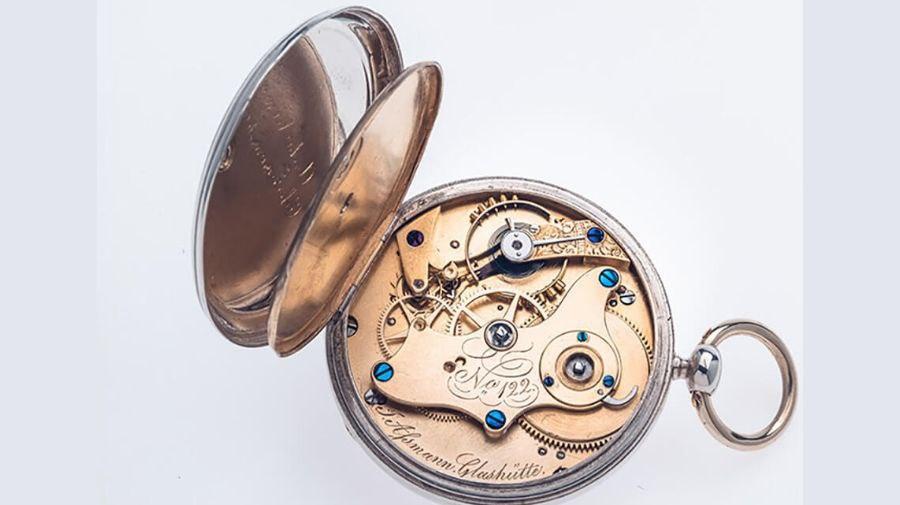
After the Great War: the rebirth of Glashutte
The defeat in the World War I puts a strain on activity watchmaking di Glashutte. La Switzerland, thanks to its neutrality in the conflict, it had the resources to introduce technical innovations such as the mechanized production: the advantageous position of the Swiss seems difficult to recover from a country whose supply chains are interrupted by the consequences of the war: just think of the glass, produced in Alsace Lorraine which fell into French hands.
The difficulties lead to the establishment of the DPUG, conglomerate capable of independently producing all the components of a pocket watch. The new production techniques and you get to make a record number of timepieces. Also A. Lange & Sohne chooses, at the end of the XNUMXs, the path of mechanized production di watches.
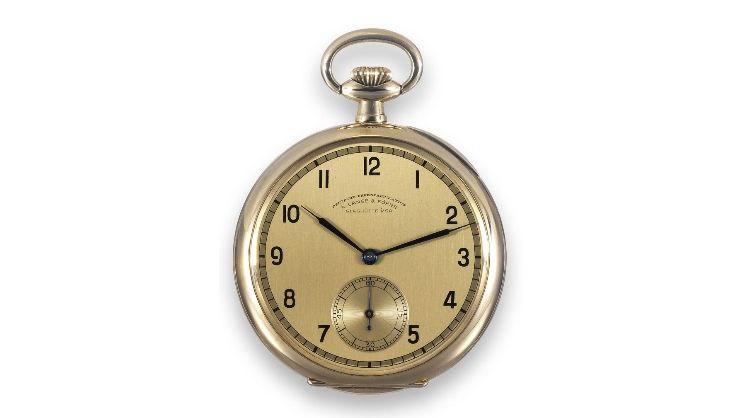
Also in the twenties it was born, from the troubled corporate vicissitudes of the DPUG, a company with an important name: Urofa. There urofa produces drafts a Glashutte, both for internal use and for supply to third parties. urofa, in turn, it produces watches with a brand that enthusiasts know well: Tutima.
World War II and chronographs
Watchmaking di Glashutte, like any other German industry, it contributes to war effort of Germany in second world war. The entire watchmaking production is reserved for needs militar and one of the most famous wrist chronographs in city history is born: the Tutima Urofa caliber 59.
Il Tutima Urofa cal. 59 equips i pilots of Air force for the duration of the war, being appreciated for its robustness, legibility and ease of use. The large keys and the wide crown make it easy to use even with gloves on, while the white hands and Arabic numerals on a black dial give the German Air Force chronograph an aesthetic still recognizable after seventy years.
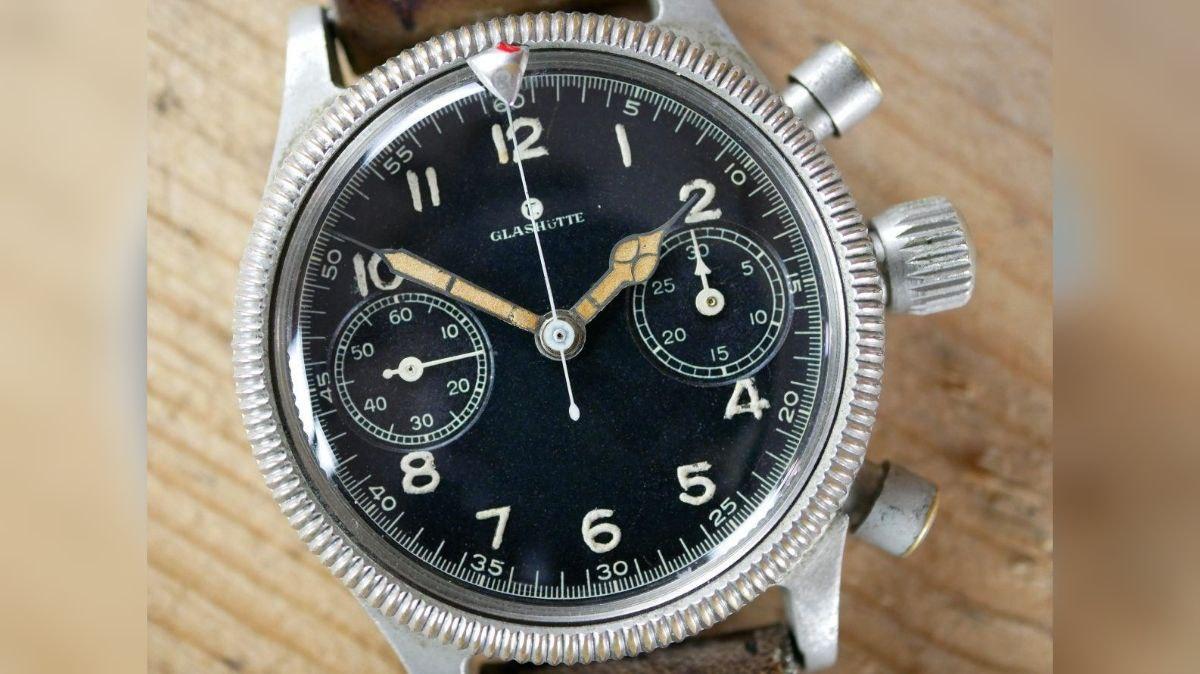
After the war: an uncertain future
Defeat in World War II is for Germany devastating and total. Glashutte is not spared: in addition to the destruction of war, the city comes undressed of numerous machinery necessary for watchmaking production by Soviet forces, which transport them as war prey to the USSR.
In the next article, we will see how the ingenious watchmakers di Glashutte they knew how to preserve and nourish the German watchmaking art through the difficulties of the post-war period, up to rebirth of our days.
Don't miss a single article from the magazine di chronosect: subscribe to newsletter clicking at the bottom of the page!


